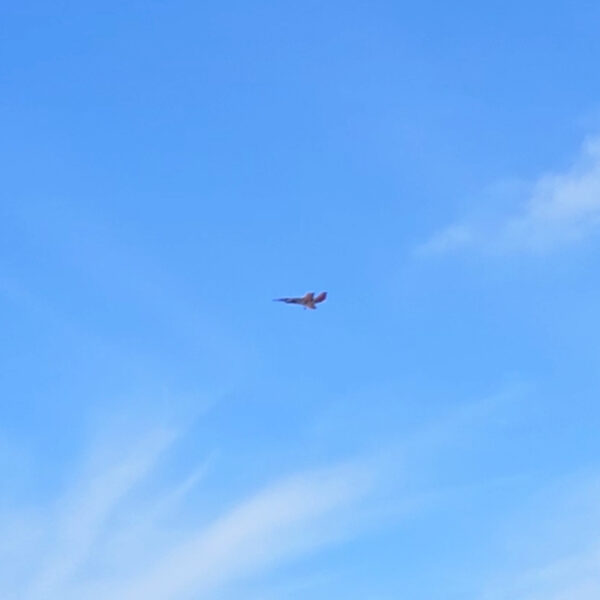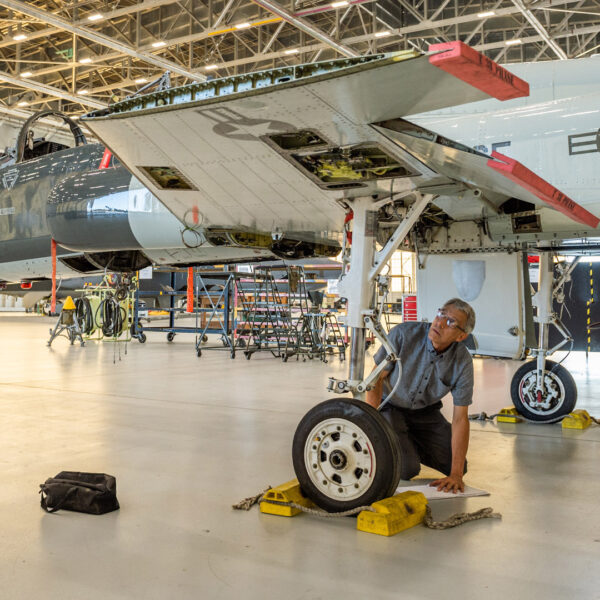Read the original article from Aviation Week.
In striving towards a future of high-speed air travel, NASA has awarded contracts to two leading U.S. aerospace industry teams, Boeing and Northrop Grumman, under its Advanced Air Vehicle’s Program. These teams will help develop technology roadmaps containing key elements like airframe, power, propulsion, thermal management, and composite materials that will operate at high Mach speeds.
Boeing’s team includes Exosonic along with GE Aerospace, Georgia Tech Aerospace Systems Design Laboratory, and Rolls-Royce North America. Exosonic’s low-boom supersonic expertise will help in designing NASA’s transport concepts and selecting core technologies.
Aircraft developed in this project are meant to bridge the emerging market gap between commercial supersonic and multirole hypersonic vehicles by focusing on Mach 2-5 cruise speeds. NASA will utilize the insights garnered from these studies to formulate a comprehensive high-speed strategy. While NASA’s current Commercial Supersonic Technology effort concentrates on the Mach 1.4-1.9 cruise range and the low-boom X-59 demonstrator, its Hypersonic Technology program is focused on evaluating technology for Mach 5-plus vehicles, with specific attention to cruise conditions at Mach 8-9.
As this project evolves through the industry engagement phase, NASA, together with its industry-academic partners like Exosonic, will collaboratively decide on the potential continuation of supersonic aviation research.





